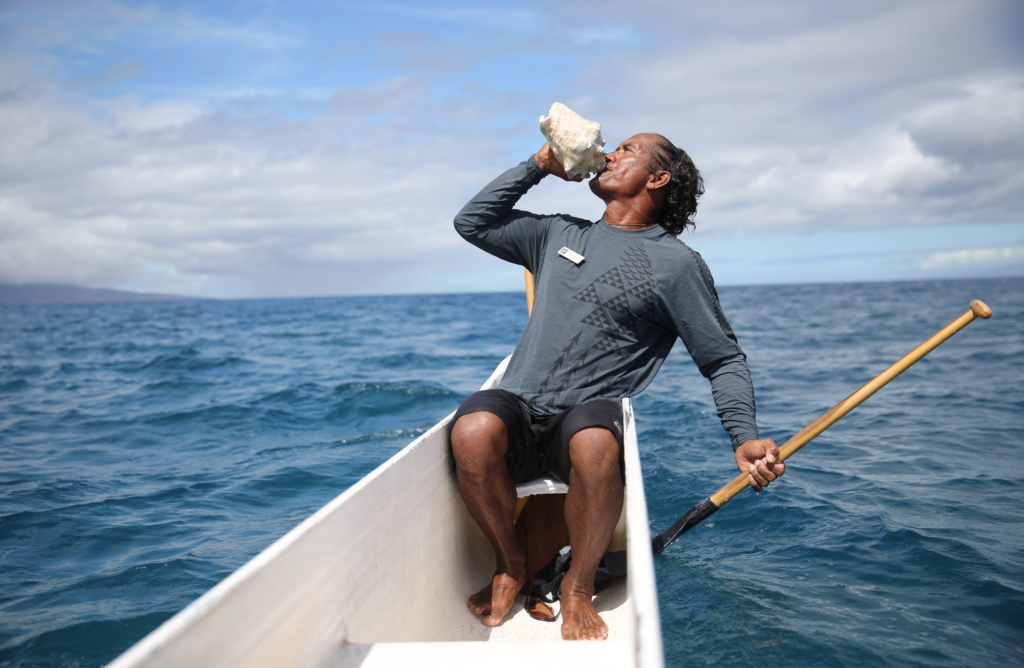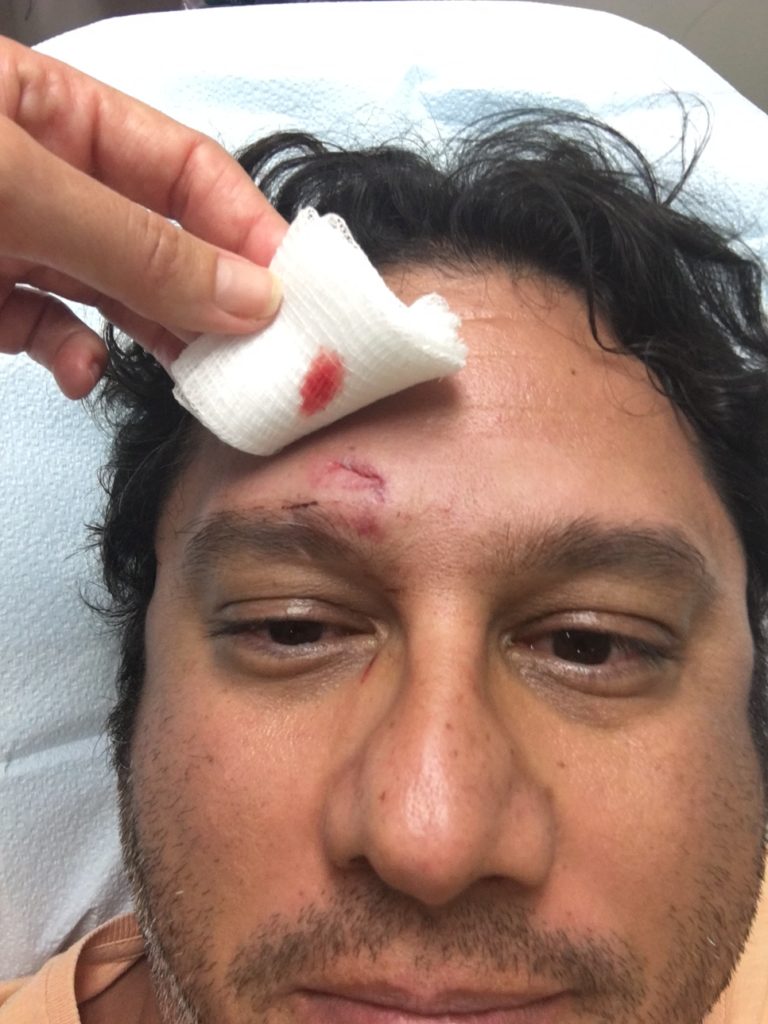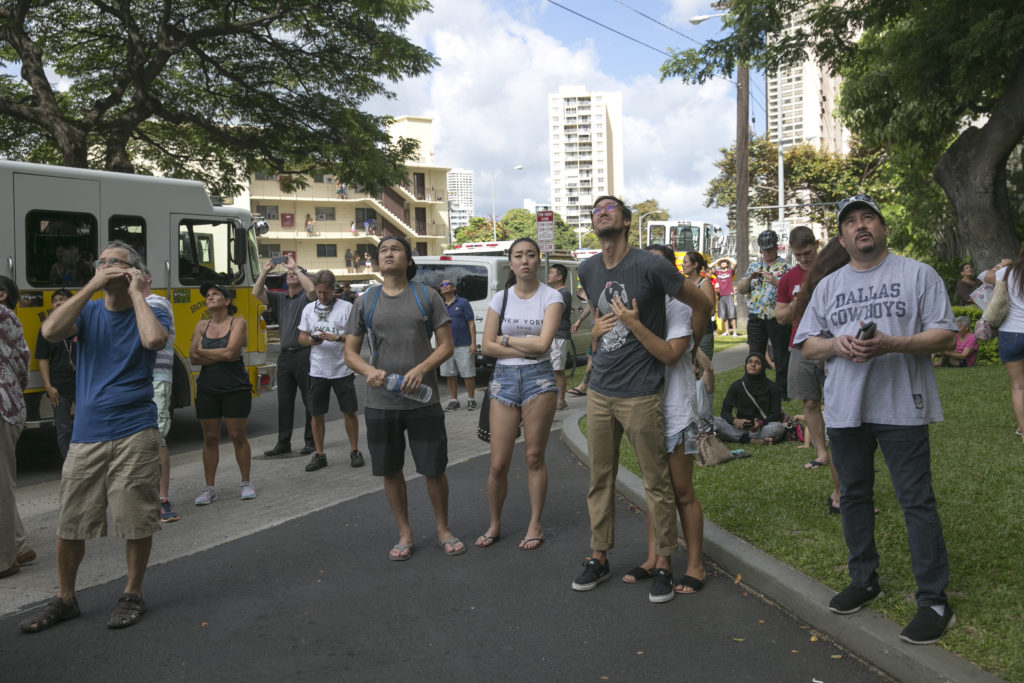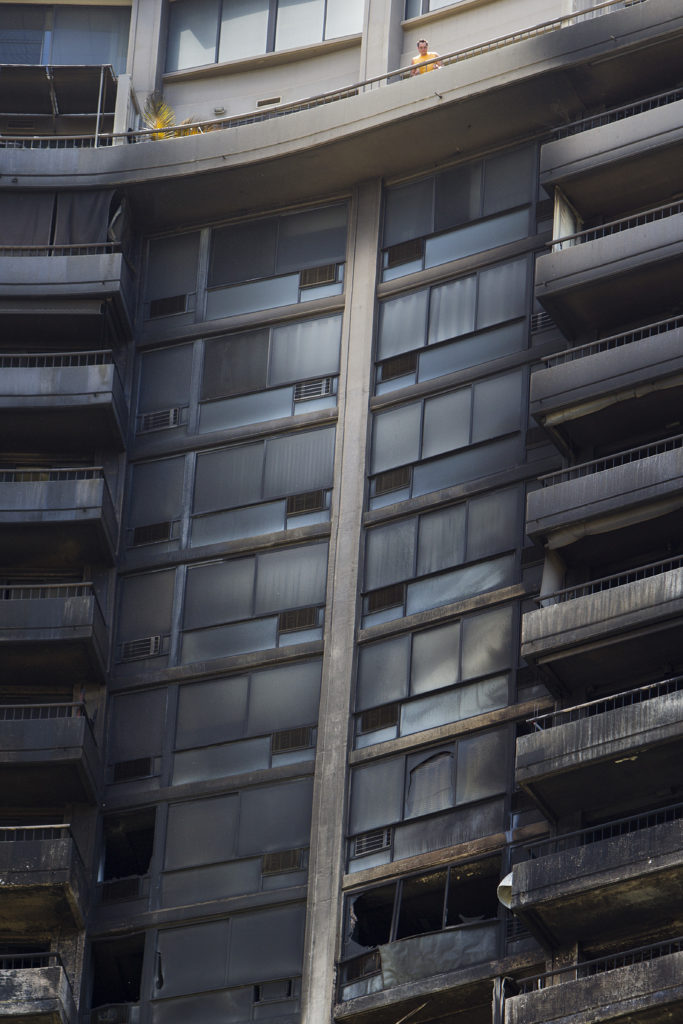
I had a great job fall in my lap to shoot the Kahuku Red Raider’s football team at Hell Week, a preseason conditioning camp where the kids spend the entire week eating and sleeping football.
The job was for Sports Illustrated and I spend a few days with writer Austin Murphy who was spending several months following the team around. The mag had me show up to document the training camp for a few days.
I arrived Monday afternoon at Kahuku high school to document their afternoon training camp. Their training, in my opinion, was brutal. The kids, many of them clearly out sizing me in height and weight, were akin to gladiators smashing and crashing into each other with great fury. I sat stunned watching these 15, 16, and 17 year old boys hurdle at each other with such power like waves crashing on the rocks.
These kids, and coaches, meant business as the training was pushing everyone to their limits. Navy Seals liken their Hell Week to pushing recruits beyond their breaking point wedding out those who break. The Red Raiders apparently took a page from that book.
I saw a kid crumble and cry out in pain like a child. He rolled on the ground clutching his ankle while the team and coaching staff slowly moved away from him. As the medical trainers rushed to the boy’s side, one coach looked down with little sympathy as pain was something that needed to be tolerated if the team, and individuals, wanted to win.
After the afternoon training, the kids had a dinner in the cafeteria and then attended classes where coaches taught about plays and reviewed past footage of games and training.
A bit past 10pm, the kids then bedded down for the night in the grimy gym next to the football field. Dirty shoes, mattresses, clothes, and football helmets cluttered around the many shirtless kids having none of this sleep business. Hip hop music played loudly with some dancing, others playing games, and wrestling with each other. I spotted a few giving each other Sharpie tattoos with Polynesian designs popular among many in the mostly Samoan community.
As I had to arrive at dawn the next morning for the training class, I opted to sleep in my car as Kahuku is more than an hour away from town. I saw no purpose of getting a hotel room as I left campus around close to midnight and I found sleeping in my car part of the excitement of this job. Once I got comfortable and dozed off, I would awaken to the sounds of howls and grunts from the kids who clearly were not sleeping in the middle of the night.
Around 6am, rain poured on the early morning training session making it a tough morning for the sleep-depraved kids but they managed to get through their tough training.
I went home for a bit only to return later that evening to cover and witness a lesson in the haka dance. A cultural practitioner not only taught them the dance moves but more importantly, he guided them through the language used as they plotted out their movements.
While most consider the haka dance to be a war chant, the performance sends a message to those viewing it the violent and brutish dance. It sings of who they are, what their intentions are, and what they will do to defend their homes and families.
I went on and covered a home game a few weeks later and got to see how their training was paying off. Kahuku is undefeated and have only one loss and that was to a team from the mainland. They will likely reign once again as State Champs. They are a fantastic team and I hope many will achieve their dreams of success.









